-
 bitcoin
bitcoin $114320.977035 USD
-0.40% -
 ethereum
ethereum $4152.439985 USD
-1.75% -
 tether
tether $1.000111 USD
-0.04% -
 xrp
xrp $2.843037 USD
-1.63% -
 bnb
bnb $1013.349380 USD
-1.62% -
 solana
solana $208.362767 USD
-2.10% -
 usd-coin
usd-coin $0.999783 USD
0.00% -
 dogecoin
dogecoin $0.232559 USD
-1.00% -
 tron
tron $0.333491 USD
-1.09% -
 cardano
cardano $0.806310 USD
0.19% -
 hyperliquid
hyperliquid $45.023720 USD
-1.59% -
 ethena-usde
ethena-usde $1.000819 USD
-0.06% -
 chainlink
chainlink $21.241249 USD
-2.11% -
 avalanche
avalanche $30.035416 USD
-0.66% -
 stellar
stellar $0.364984 USD
-2.05%
How to calculate OKX leverage interest
Understanding how to calculate OKX leverage interest is crucial for effective leverage trading, as it allows traders to determine the potential costs associated with using borrowed funds to amplify their positions.
Nov 09, 2024 at 07:19 pm
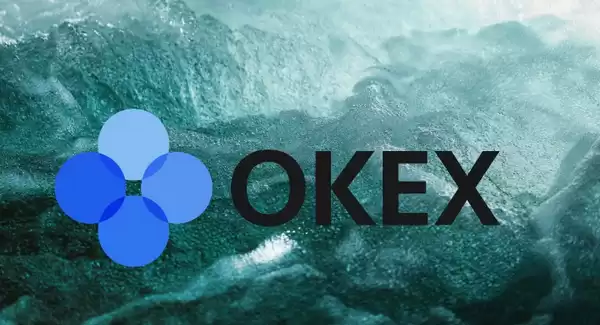
How to calculate OKX leverage interest
OKX, a leading cryptocurrency exchange, offers leveraged trading options to its users. Leverage allows traders to amplify their positions, potentially multiplying their profits or losses. However, leverage trading also carries the risk of losing more than the initial investment. Understanding how to calculate leverage interest is essential for effective leverage trading.
The leverage interest is the fee charged by OKX for providing leverage to a trader. It is calculated based on the following factors:
1. Trade Size: The size of the trade determines the amount of leverage interest incurred. The larger the trade size, the higher the interest charged.2. Leverage Multiplier: The leverage multiplier indicates the degree of leverage used in a trade. The higher the leverage multiplier, the higher the interest charged.3. Interest Rate: The interest rate charged by OKX varies based on market conditions and the specific trading pair.
Calculation Steps
1. Calculate the Initial Margin:The initial margin is the minimum amount of funds required to open a leveraged position. It is determined by the trade size and the leverage multiplier. For example, if you want to open a trade with a trade size of $1000 and a leverage multiplier of 10x, the initial margin would be $100.
2. Determine the Borrowed Amount:The borrowed amount is the difference between the trade size and the initial margin. In the example above, the borrowed amount would be $900 ($1000 - $100).
3. Calculate the Daily Leverage Interest:The daily leverage interest is calculated using the following formula:
Daily Leverage Interest = (Borrowed Amount x Interest Rate x Number of Borrowing Days) / 365For example, if the borrowed amount is $900, the interest rate is 0.1%, and the number of borrowing days is 30, the daily leverage interest would be:
Daily Leverage Interest = (900 x 0.1% x 30) / 365 = $0.075The total leverage interest is the sum of the daily leverage interest over the duration of the trade. For instance, if you plan to hold the leveraged position for 10 days, the total leverage interest would be:
Total Leverage Interest = Daily Leverage Interest x Number of Trading Days = $0.075 x 10 = $0.75Additional Considerations
1. Bearish vs. Bullish Markets:Leverage interest rates are typically lower in bullish markets, where the expectation is for asset prices to rise. This is because exchanges anticipate that traders will profit and repay their loans quickly.
2. Frequency of Interest Calculation:OKX typically calculates leverage interest on a daily basis, regardless of the duration of the trade. The interest is charged every 24 hours, irrespective of whether the position has been open for minutes or hours.
3. Partial Closure of Positions:If you partially close your leveraged position, the leverage interest will be recalculated based on the new borrowed amount. This means that closing a portion of your position can reduce the accrued leverage interest.
4. Margin Call:If the leverage interest approaches or exceeds the initial margin, OKX may issue a margin call. This requires the trader to deposit additional funds or close the position to avoid liquidation.
Disclaimer:info@kdj.com
The information provided is not trading advice. kdj.com does not assume any responsibility for any investments made based on the information provided in this article. Cryptocurrencies are highly volatile and it is highly recommended that you invest with caution after thorough research!
If you believe that the content used on this website infringes your copyright, please contact us immediately (info@kdj.com) and we will delete it promptly.
- BlockDAG, DOGE, HYPE Sponsorship: Crypto Trends Shaping 2025
- 2025-10-01 00:25:13
- Deutsche Börse and Circle: A StableCoin Adoption Powerhouse in Europe
- 2025-10-01 00:25:13
- BlockDAG's Presale Buzz: Is It the Crypto to Watch in October 2025?
- 2025-10-01 00:30:13
- Bitcoin, Crypto, and IQ: When Genius Meets Digital Gold?
- 2025-10-01 00:30:13
- Stablecoins, American Innovation, and Wallet Tokens: The Next Frontier
- 2025-10-01 00:35:12
- NBU, Coins, and Crypto in Ukraine: A New Yorker's Take
- 2025-10-01 00:45:14
Related knowledge
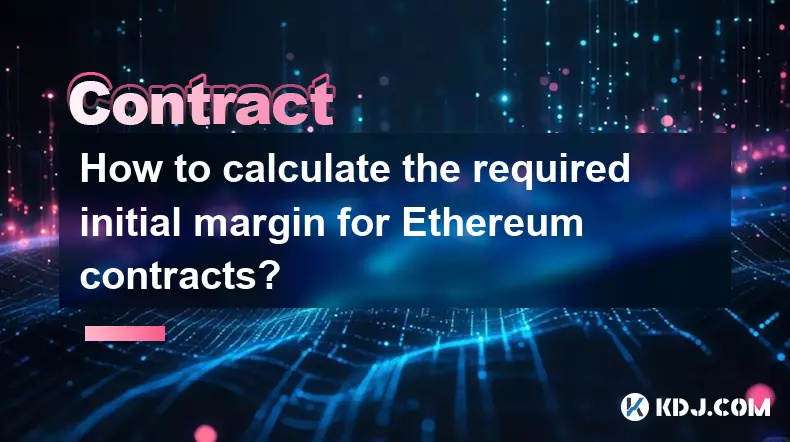
How to calculate the required initial margin for Ethereum contracts?
Oct 01,2025 at 06:01am
Understanding Initial Margin in Ethereum Futures1. The initial margin for Ethereum futures contracts represents the minimum amount of capital a trader...
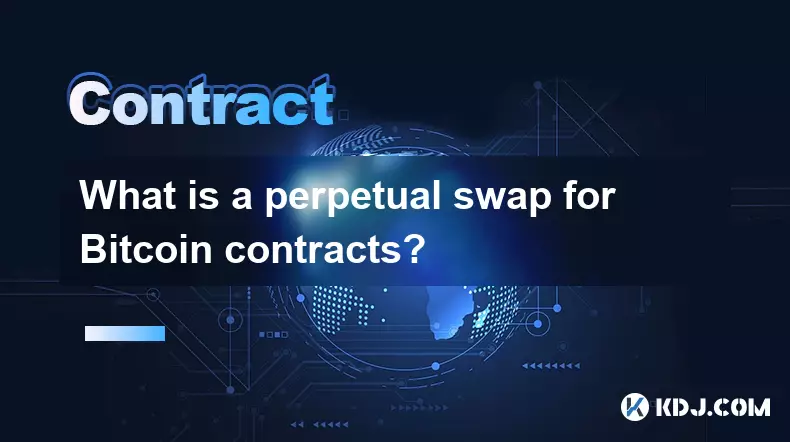
What is a perpetual swap for Bitcoin contracts?
Oct 01,2025 at 08:18am
Understanding Perpetual Swaps in Bitcoin Trading1. A perpetual swap is a type of derivative contract that allows traders to speculate on the price of ...

What is the best platform for trading SOL contracts?
Oct 01,2025 at 06:36am
Understanding the Role of Decentralized Exchanges in Modern Crypto Trading1. Decentralized exchanges (DEXs) have reshaped how traders interact with di...
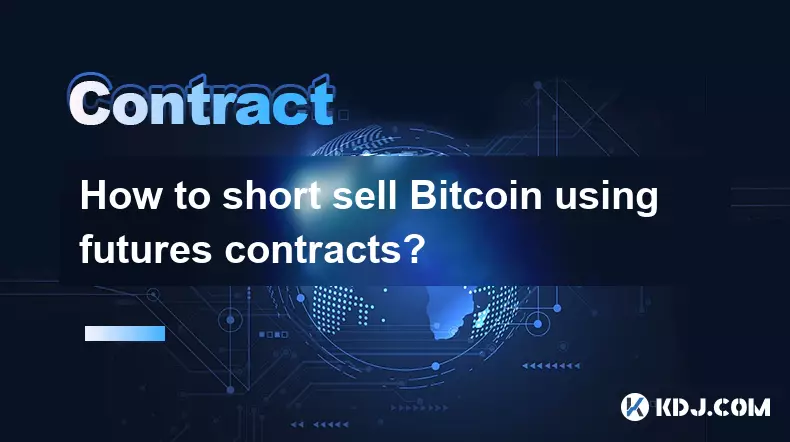
How to short sell Bitcoin using futures contracts?
Oct 01,2025 at 02:54am
Understanding the Role of Decentralized Exchanges in Crypto Trading1. Decentralized exchanges (DEXs) have become a cornerstone of the cryptocurrency e...
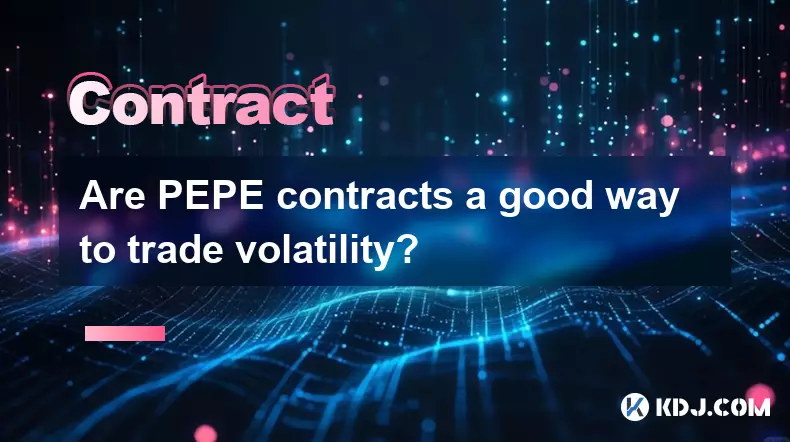
Are PEPE contracts a good way to trade volatility?
Oct 01,2025 at 04:18am
Understanding PEPE Contracts in the Cryptocurrency Market1. PEPE contracts, derived from the broader meme coin movement, have gained attention due to ...
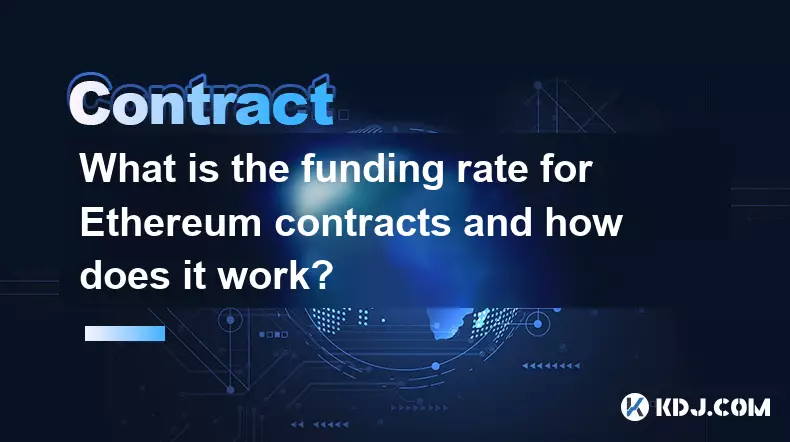
What is the funding rate for Ethereum contracts and how does it work?
Oct 01,2025 at 10:54am
Funding Rate Mechanism in Ethereum Derivatives1. The funding rate is a periodic payment exchanged between long and short positions in perpetual future...

How to calculate the required initial margin for Ethereum contracts?
Oct 01,2025 at 06:01am
Understanding Initial Margin in Ethereum Futures1. The initial margin for Ethereum futures contracts represents the minimum amount of capital a trader...

What is a perpetual swap for Bitcoin contracts?
Oct 01,2025 at 08:18am
Understanding Perpetual Swaps in Bitcoin Trading1. A perpetual swap is a type of derivative contract that allows traders to speculate on the price of ...

What is the best platform for trading SOL contracts?
Oct 01,2025 at 06:36am
Understanding the Role of Decentralized Exchanges in Modern Crypto Trading1. Decentralized exchanges (DEXs) have reshaped how traders interact with di...

How to short sell Bitcoin using futures contracts?
Oct 01,2025 at 02:54am
Understanding the Role of Decentralized Exchanges in Crypto Trading1. Decentralized exchanges (DEXs) have become a cornerstone of the cryptocurrency e...

Are PEPE contracts a good way to trade volatility?
Oct 01,2025 at 04:18am
Understanding PEPE Contracts in the Cryptocurrency Market1. PEPE contracts, derived from the broader meme coin movement, have gained attention due to ...

What is the funding rate for Ethereum contracts and how does it work?
Oct 01,2025 at 10:54am
Funding Rate Mechanism in Ethereum Derivatives1. The funding rate is a periodic payment exchanged between long and short positions in perpetual future...
See all articles










































































